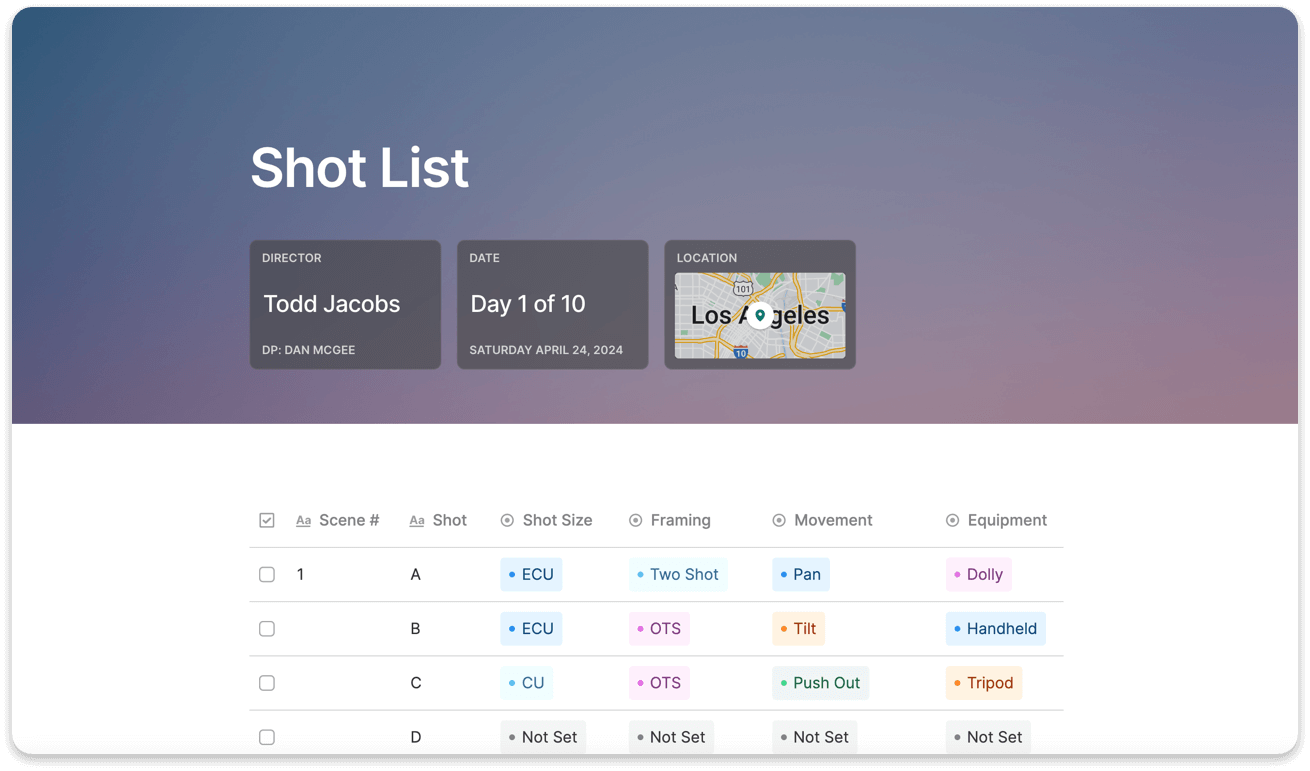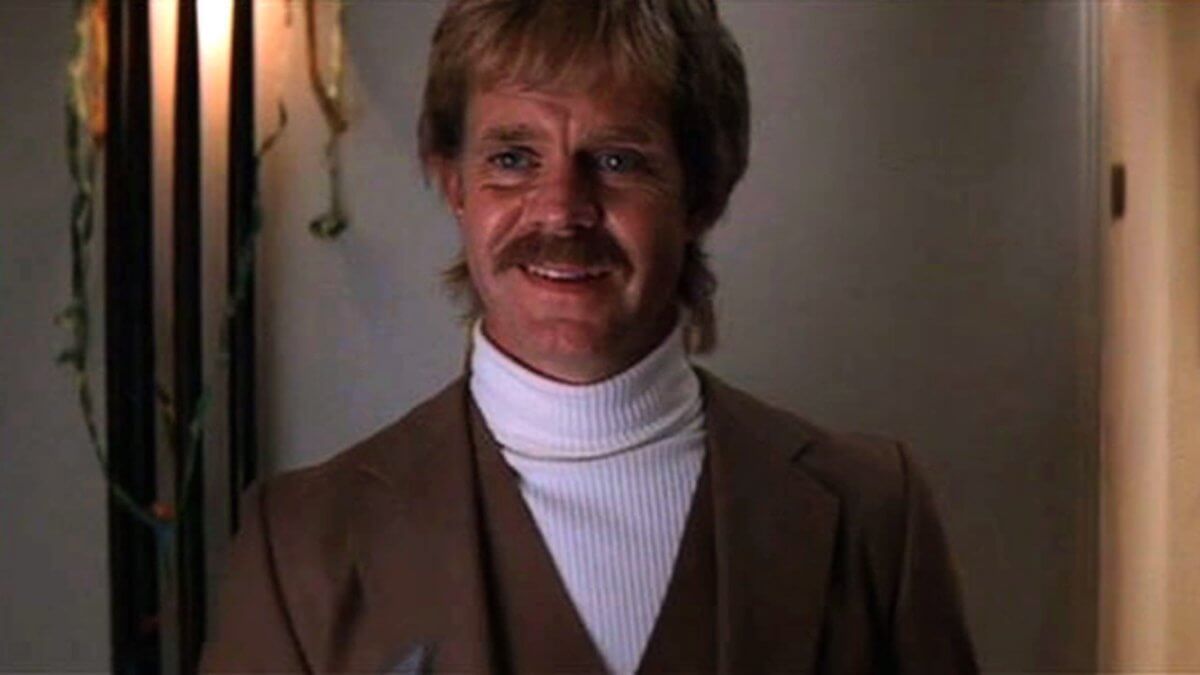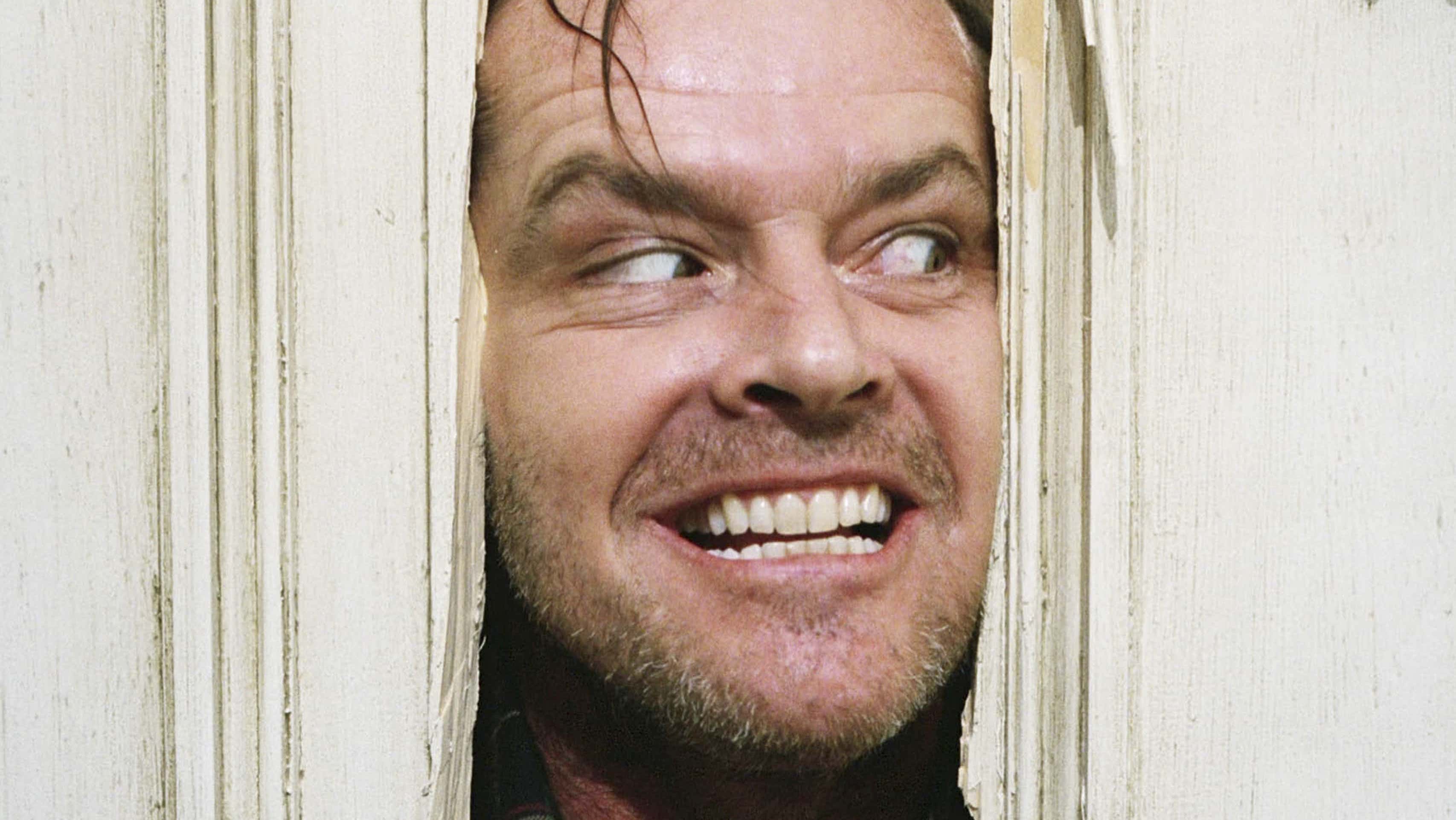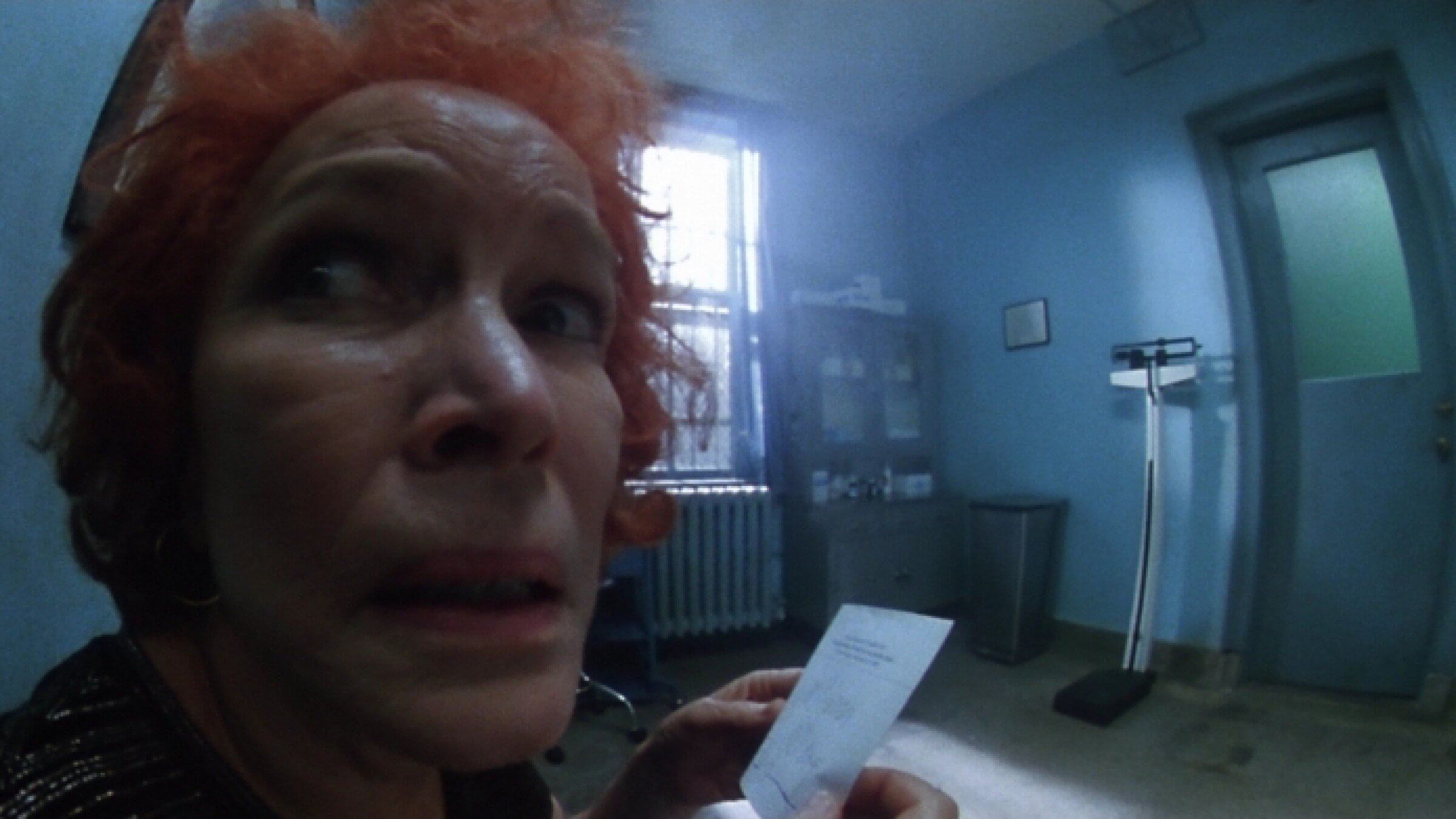Why Producers Need to Know Camera Movements
One of the most important aspects of producing is establishing a relationship with the cast and crew. As the person responsible for overseeing, coordinating and financing a film, knowing the artistic vision of the director and how the cinematographer is going to capture it, allows you to be an effective leader, partner and advocate.
When a producer walks on set, they should know the camera set ups. These are the various angles the cinematographer will use to capture a scene. This is important to know not only to have an understanding if the production is getting what it needs for editorial, but allows the producer to be an active participant creatively when tough budget concerns arise. For example, is a complex tracking shot needing an extra shoot day? In order to have informed conversations and possible solutions that can save time and money, it’s paramount to be fluent in the language of the craft. Even for experienced producers it’s good to refresh your knowledge of every possible camera movement in film.
To help, Assemble has compiled a comprehensive list of types of camera movements and at the end as a spotlight bonus, cinematographer, Stefan Ciupek (Slumdog Millionaire, 127 Hours, Guns Akimbo), gives his insight on the power of the continuous long take.
We've also created a fully customizable, cloud based shot list loaded with options for industry standard shot sizes, framing, focal lengths. Access it now below.

Shot List Template
Use our fully customizable shot list template for all your productions including film, photoshoots, documentaries and more.
Get TemplateBasic Camera Movements Boogie Nights / Still image from "the killing of little bill" tracking shot sequence
Boogie Nights / Still image from "the killing of little bill" tracking shot sequence
Below are the most common and distinct filmmaking techniques of cinematic camera movements in film.
| Shot |
Description |
| Pan |
A camera pan is a horizontal axis of camera movement. When a camera pans, it turns left and right. |
| Tilt |
Camera tilts are a vertical axis of camera movement. With a tilt, the camera vertically pivots up and down. |
| Dolly |
In a dolly shot, the camera is mounted on a cart and can move forward, backward, or alongside a subject rolling on a dolly track or on its own wheels. |
| Tracking Shot |
A tracking shot is a shot that follows alongside a subject throughout a scene, keeping them in the frame. This can be on a dolly track or using a handheld steadicam. |
| Crane or Jib shot |
A crane shot is when the camera physically moves up and down or side to side on a long mechanical arm or jib. This allows you to raise the camera to higher heights and lower lows, and to make dynamic movements from side to side. |
| Zoom |
The focal length of a camera lens determines the distance that the camera can see. Zoom lenses allow the focal length to change. With a zoom, the frame can transition from a wide shot to a close up without ever moving the camera. |
Framing Terms
 The Shining / Close Up
The Shining / Close Up
On set, you may hear the terms “covering the scene” or “coverage”. This is a blanket term for all the set-ups or angles that the director requires to adequately build the continuity of the scene.
| Shot |
Description |
| Establishing Shot or Extreme Long Shot |
The first shot of a scene that establishes the location. Typically a wide shot of the setting, but sometimes it can even be an aerial shot from a distance that helps the audience orient themselves to the landscape. |
| Master or Wide Shot |
A long shot that is wide enough to cover all the important action in a scene from beginning to end, including actors, objects and movement.. |
| Medium Shot |
A medium shot approximately shows an actor from the waist up where you have enough of the actors and their surroundings that the audience is aware of what is around them. |
| Cowboy Shot |
The cowboy shot is slightly larger than the medium shot, but smaller than a wide shot. It is called a ‘cowboy shot’ because it was used in old westerns to frame a gunslinger's holster from the hip up. |
| Medium Close-up |
Medium close up shots include a character from the shoulders / chest area up to the top of the head; this shot is tighter than a medium shot. |
| Close-up |
Is a shot where the camera tightly frames a person or object. A standard close-up includes the head and shoulders of the subject. A ‘close shot’ can refer to a person or an object, whereas a ‘close-up’ usually refers to a person. |
| Extreme Close-up |
An extreme close-up frames a subject very closely; it could focus on one part of the face, such as the eyes or lips. |
| Choker Shot |
A typical choker shot shows the subject’s face from just above the eyebrows to just below their mouth and is between a close-up and extreme close-up. |
| Single Shot |
A shot in which one subject fills the frame. A single can be any size; long shot, medium or close-up. |
| Two-Shot |
A two-shot is when two characters are filmed in a single shot. This is usually framed in a medium shot. |
| Over the Shoulder |
An over the shoulder or OTS is when the camera is placed behind the shoulder of the character. The character’s head and shoulder are seen in the foreground and are used as a framing device for the shot. Most often a second character is the subject of interest. |
| French Over |
A french over is when two characters are facing the same direction such as the front seat of a car, on a bench or sitting at a bar. The camera is over their inside shoulder from behind and will capture part of their face when they turn to talk to the other character. |
Camera Techniques
Jaws / POV Shot
Movement of the camera or lack of movement is essential to creating tension and drama within the lens. There are camera techniques that move the camera using a type of tracking shot or the camera is handheld to alter the audience's perspective. A still camera can achieve that sense of movement through placement or use of a lens.
| Shot |
Description |
| Focus Pull |
Changing the focus of the camera during a shot to keep specific subjects sharp as they move within the frame or while the camera moves. |
| Rack Focus |
Transferring the viewer’s attention from one object to another in a shot, by bringing one subject into focus while the other becomes blurred. |
| Whip Pan |
With a whip pan, the camera is moved quickly from one angle to another, causing the image to blur from the motion. |
| Pedestal Shot |
A pedestal shot is a type of crane shot. It is a vertical camera movement in which the entire camera raises or lowers in relation to the subject. The difference between a pedestal shot and a camera tilt is that the entire camera moves up or down rather than just pivoting from a fixed point. |
| POV (Point of View) |
POV stands for point of view, meaning that the audience sees exactly what a character in a film sees. It allows the audience to connect with the perspective of a character. |
| Dolly Zoom |
Also known as a “vertigo shot”. It exaggerates perspective, but keeps objects in the center of the frame at the same apparent size. This is achieved by moving the camera forward while zooming out at the same time or by moving the camera back and zooming in. |
| Aerial Shot |
This is a shot from an extreme high angle, giving a birds-eye view of the action. This could be achieved by the use of a helicopter or aerial drone. |
| Handheld Shot |
Instead of the camera being attached to a tripod, the camera is handheld by the operator. This gives the filmmaker a greater freedom of motion, but can produce shaky images. |
| Steadicam |
A steadicam can solve the issue of a shaky image. It is a handheld camera however the camera operator uses a stabilizing device to create a smooth, fluid movement while following the subject. |
Camera Lenses and Angles
Requiem for a Dream / Fisheye lens
| Shot |
Description |
| Wide-Angle |
A wide-angle shot brings great depth of field to an image. It allows objects in the foreground, middleground and background to be in focus simultaneously. This enables action to be staged in-depth. |
| Telephoto |
A telephoto lens brings distant objects closer to the viewer. It compresses space, making objects appear to be on the same horizontal plane. This can be used to create tension or suspense as someone who is walking toward the camera appears to be staying in the same spot making little progress. |
| Fisheye |
Wide-angle lenses have short focal lengths. The shorter the focal length, the more the linear distortion. As a fisheye lens is an extreme wide-angle, it creates an exaggerated linear distortion. As its effect is like looking into a mirrored glass ball, it is useful to show a character out of sorts or having a hallucination. |
| Reflective Objects |
This is when you use a reflective object with a curvature that is different than the shooting lens. It allows you to create more than one lens in the shot, such as a reflection in a christmas ornament or shards of glass on the floor. |
| Objects |
When a camera shoots through objects such as stained glass or water. This can create a visual distortion or an emotional separation while viewing a character or location. |
| High-Angle |
This is when the camera is placed above a subject with the lens pointing down. It tends to make the subject appear small and vulnerable. |
| Low-Angle |
This is when the camera is placed below the subject with the camera pointing up. This causes the subject to be in a position of power making it appear to dominate what is below. |
| Dutch Tilt or Canted-Angle |
This is simply tilting the camera slightly to the side in order to increase the tension in a scene. It is most effective when there are strong horizontal and vertical lines that the tilted angle enhances. |
Cinematographer Commentary
 Children of Men
Children of Men
A typical scene has many cuts as described above and many ways to achieve the aim of storytelling. Most filmmakers alternate between wide shots, mediums and close-ups to build the scene, however an alternative approach is to use a Long Shot or a Long Take. All the action takes place in one, continuous long take. The camera reframes and repositions itself as the actors move within the frame. No editing is used which makes it both risky and also potentially spectacular.
Cinematographer Stefan Ciupek helmed the first film in the history of cinema to record a single uninterrupted steadicam shot on director Alexander Sokurov’s Russian Ark. This started his love affair and true fascination for continuous, uninterrupted long shots.
He offered Assemble this perspective.
“There are so many brilliant examples in which this technique was used, like the Dunkirk scene in Joe Wright´s ‘Atonement’ or the car scene from Alfonso Cuarón’s ‘Children of Men.’ Long shots allow the audience to connect with the story and its characters in an immersive way. It allows the audience to have an immersive experience that feels very different to what they would experience watching scenes that have been edited together from a multitude of shots. A long shot is the continuous experience of real time without any interruption to the flow of the storyline.”
Guns Akimbo
“I use this technique quite often myself. In one of my recent films ‘Guns Akimbo’ for example, the main character Miles, played by Daniel Radcliffe, wakes up from a hangover only to find that guns have been screwed to his hands. He feels sick, nauseous, in pain and his reality has become a complete nightmare. In order for the audience to feel and live that nightmare as though Miles, we shot the scene as a single long shot. It’s a very immersive 3 minute-long steadicam shot during which the camera follows and circles around Miles while also spinning and turning around its central axis as Miles moves around, throws up and falls down. The following scene, in which the audience is introduced to Miles’ opponent NIX, played by Samara Weaving, is also a single long shot. For that high-packed action choreographed scene, we used the technique of connecting different shots invisibly through editing and VFX. That whole sequence is a combination of 28 shots that were taken via different camera techniques (handheld, gimbal, steadicam, etc) and then combined together into one seamless sequence.”
Producer’s Camera Movement Guide Wrap Up
Knowledge is power and as the most powerful person on set, the producer should have a basic understanding of how their film is being constructed. This will not only give you a better understanding of how the budget is being spent, but will allow you to be a creative partner to the artists work you support.

